Home>Articles>Why Does My Carbon Monoxide Detector Keep Beeping In My RV
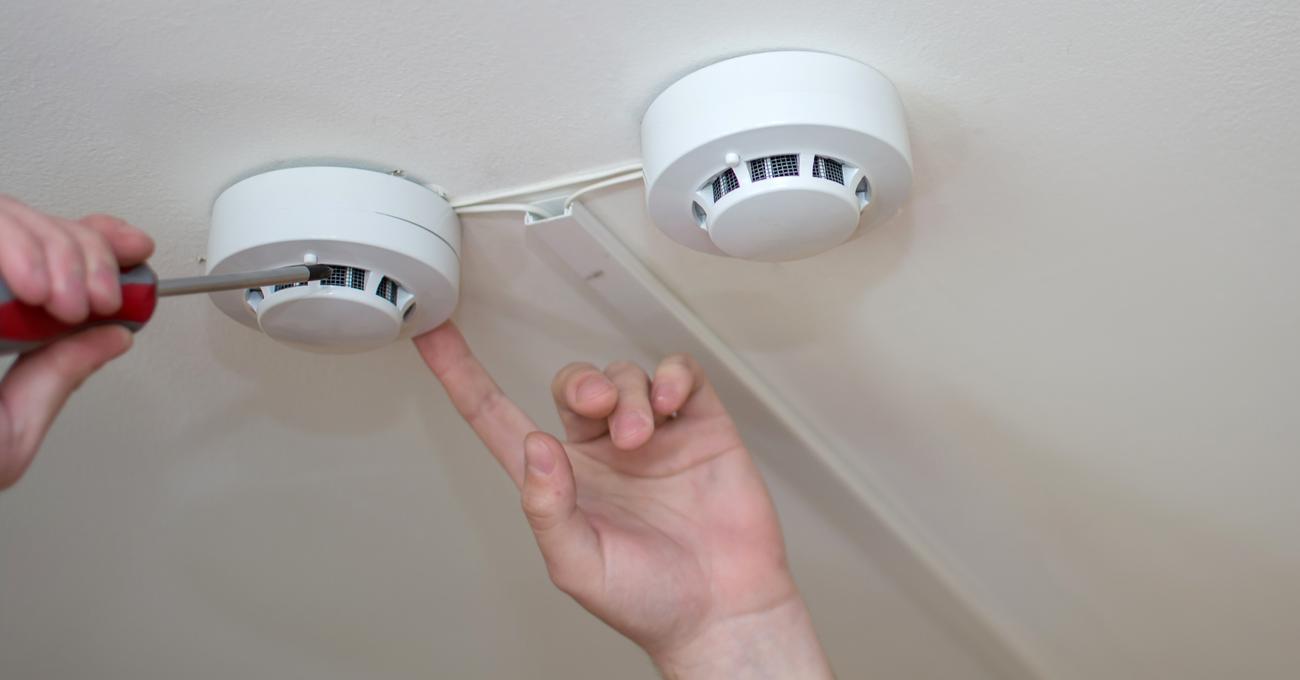

Articles
Why Does My Carbon Monoxide Detector Keep Beeping In My RV
Modified: August 22, 2024
Discover why your carbon monoxide detector keeps beeping in your RV with our informative articles. Find out how to troubleshoot and ensure your safety on the road.
(Many of the links in this article redirect to a specific reviewed product. Your purchase of these products through affiliate links helps to generate commission for Storables.com, at no extra cost. Learn more)
Introduction
A carbon monoxide (CO) detector is an essential safety device in any RV. It is designed to detect the presence of carbon monoxide gas, which is odorless, colorless, and highly toxic. Carbon monoxide poisoning can be life-threatening, making it crucial to have a functioning detector to alert you to potential danger.
In this article, we will explore why your carbon monoxide detector may be beeping in your RV. We’ll also discuss the importance of these detectors and provide troubleshooting tips to help you resolve the issue.
Understanding Carbon Monoxide Detectors
Carbon monoxide detectors work by continuously monitoring the air for the presence of carbon monoxide. They contain sensors that can detect even low levels of the gas. When carbon monoxide is detected, the detector emits an audible alarm to alert you to the potential danger.
In an RV, carbon monoxide detectors are typically powered by batteries and are usually located in areas where there is a higher risk of carbon monoxide accumulation, such as near the sleeping area or close to the RV’s combustion sources.
Importance of Carbon Monoxide Detectors in RVs
Having a carbon monoxide detector in your RV is crucial for your safety and the safety of those traveling with you. RVs can potentially have several sources of carbon monoxide, including generators, propane-powered appliances, and even engine exhaust.
Carbon monoxide is known as the “silent killer” because it is odorless and tasteless. It can quickly build up inside a closed space like an RV, leading to symptoms ranging from headache and dizziness to nausea, confusion, and even loss of consciousness. In severe cases, carbon monoxide poisoning can be fatal.
Having a properly functioning carbon monoxide detector in your RV can provide you with early warning signs of any potential carbon monoxide leakage, allowing you to take immediate action and ensure your safety.
Key Takeaways:
- Regular maintenance, proper ventilation, and awareness of potential carbon monoxide sources are crucial for RV owners to ensure the functionality of their carbon monoxide detectors and protect themselves from the dangers of CO poisoning.
- Addressing beeping issues in carbon monoxide detectors through troubleshooting steps and preventive measures is essential for maintaining a safe and secure environment in RVs, allowing travelers to enjoy their adventures with peace of mind.
Read more: Why Does Carbon Monoxide Detector Beeps
Understanding Carbon Monoxide Detectors
Carbon monoxide (CO) detectors are crucial safety devices that every RV owner should have. They work by continuously monitoring the air for the presence of carbon monoxide gas, which is highly toxic. Understanding how these detectors work and their importance in RVs is essential for your safety on the road.
How Carbon Monoxide Detectors Work
Carbon monoxide detectors employ advanced sensor technology to detect the presence of CO gas. Most detectors use either electrochemical or biomimetic sensors to detect and measure CO levels in the surrounding air.
Electrochemical sensors are composed of electrodes submerged in a chemical solution. When CO gas comes into contact with the electrodes, it triggers a chemical reaction that produces an electrical current. The detector’s circuitry then analyzes the current to determine the CO concentration and triggers an alarm if it exceeds a safe threshold.
Biomimetic sensors mimic the way hemoglobin in the human body reacts to carbon monoxide. These sensors contain a gel-like substance that changes color when it comes into contact with CO. A photoelectric sensor then detects the color change and triggers the alarm.
Importance of Carbon Monoxide Detectors in RVs
RVs are a unique environment with various potential sources of carbon monoxide. These may include generators, propane-fueled appliances, and the exhaust from the RV’s engine. Due to the confined nature of RV living spaces, the risk of carbon monoxide buildup is higher.
Having a carbon monoxide detector in your RV is crucial for several reasons. Firstly, it provides an early warning system for carbon monoxide leaks, allowing you to take immediate action. The detector’s alarm will sound when it detects elevated CO levels, alerting you and your family to the danger.
Secondly, carbon monoxide detectors can save lives. Carbon monoxide poisoning is a serious health risk, and exposure to high levels of CO can be fatal. By detecting the gas before it reaches critical levels, a carbon monoxide detector gives you the chance to exit the RV and seek fresh air or address the source of the leak.
Lastly, many RV parks and campgrounds have regulations in place that require RVs to have functioning carbon monoxide detectors. By complying with these regulations, you not only ensure your safety but also avoid potential penalties or the risk of being denied entry to certain locations.
In summary, carbon monoxide detectors play a crucial role in RV safety. They use advanced sensor technology to alert you to the presence of deadly carbon monoxide gas, providing valuable time to take action before it becomes life-threatening. Investing in a high-quality carbon monoxide detector and regularly maintaining it is essential for a safe and enjoyable RV experience.
Possible Causes of Beeping
If your carbon monoxide detector in your RV is beeping, it is important to identify the cause and address it promptly. Here are three possible reasons why your detector may be beeping:
1. Low Battery
The most common cause of beeping in a carbon monoxide detector is a low battery. Many detectors are equipped with a low battery indicator that emits a chirping sound to alert you that the battery needs to be replaced. It is important to ensure that the batteries in your carbon monoxide detector are fresh and have enough power to operate effectively.
To troubleshoot this issue, follow these steps:
- Locate the carbon monoxide detector in your RV.
- Check the user manual or the back of the detector to determine the type of battery it requires.
- Remove the cover or open the battery compartment and check the battery’s condition.
- If the battery is low or expired, replace it with a new one of the same type.
- Close the battery compartment or replace the cover, ensuring it is securely in place.
2. End of Life Signal
Carbon monoxide detectors have a limited lifespan, usually around 5 to 7 years. After this period, they may emit a beeping sound to indicate that they have reached the end of their life and need to be replaced. This is an important safety feature as older detectors may become less reliable and may not detect carbon monoxide effectively.
If your detector is beeping intermittently and is over 5 years old, it is likely indicating that it needs to be replaced. Follow the manufacturer’s instructions for replacing the detector with a new one to ensure your continued safety.
3. Sensor Malfunction
In rare cases, the beeping in your carbon monoxide detector could be due to a sensor malfunction. Sensors can become contaminated or damaged over time, leading to false alarms or no alarm at all. If you have replaced the batteries and your detector continues to beep, it is possible that the sensor needs to be cleaned or the detector needs to be replaced.
You can try cleaning the detector by following these steps:
- Turn off the power to the carbon monoxide detector.
- Remove the detector from its mounting bracket by twisting it counterclockwise or following the manufacturer’s instructions.
- Gently vacuum the detector vents or use a can of compressed air to blow away any dust or debris.
- Wipe the exterior of the detector with a clean, dry cloth.
- Reinstall the detector and turn the power back on.
If the beeping persists after cleaning, it is recommended to contact the manufacturer’s customer support for further assistance. They will be able to guide you on troubleshooting steps or recommend a replacement if necessary.
By identifying the cause of the beeping in your carbon monoxide detector, you can take the necessary steps to address the issue and ensure your RV remains a safe environment for you and your travel companions.
Check the expiration date of your carbon monoxide detector. If it’s expired, replace it with a new one. Also, make sure the detector is properly installed and the batteries are working.
Troubleshooting Steps
If your carbon monoxide detector in your RV is beeping, there are several troubleshooting steps you can take to address the issue. Here are five common steps to follow:
1. Checking Battery
The first step is to check the battery in your carbon monoxide detector. A low or dead battery is a common cause of beeping. Follow these steps to check the battery:
- Locate the carbon monoxide detector in your RV.
- Check the user manual or the back of the detector to determine the type of battery it requires.
- Remove the cover or open the battery compartment and check the battery’s condition.
- If the battery is low or expired, replace it with a new one of the same type.
- Close the battery compartment or replace the cover, ensuring it is securely in place.
2. Replacing Batteries
If the beeping persists even after replacing the battery, try replacing it again to ensure that the new battery is not defective. Occasionally, a new battery can be faulty or may not make proper contact with the battery terminals. Replace the battery with another fresh one of the same type and check if the beeping stops.
3. Testing the Detector
Carbon monoxide detectors often have a test button that allows you to check their functionality. Press and hold the test button for a few seconds to initiate a self-test. The detector should emit a loud, continuous sound if it is working correctly. If the detector does not produce any sound or the beeping persists, it may indicate a malfunction and further troubleshooting or replacement may be required.
4. Cleaning the Detector
Dust, dirt, and debris accumulation can interfere with the proper functioning of carbon monoxide detectors. Cleaning the detector can help eliminate false alarms and improve its performance. Follow these steps to clean your detector:
- Turn off the power to the carbon monoxide detector.
- Remove the detector from its mounting bracket by twisting it counterclockwise or following the manufacturer’s instructions.
- Gently vacuum the detector vents or use a can of compressed air to blow away any dust or debris.
- Wipe the exterior of the detector with a clean, dry cloth.
- Reinstall the detector and turn the power back on.
5. Contacting Customer Support
If you have followed all the troubleshooting steps and the beeping continues, it may be necessary to contact the customer support of the detector’s manufacturer. They are equipped to provide further assistance and guidance tailored to your specific model. They may be able to offer additional troubleshooting steps or recommend a replacement if the detector is faulty.
Remember, the safety of you and your fellow RV occupants is paramount. It is crucial to address any issues with your carbon monoxide detector promptly to ensure a safe and secure environment in your RV.
Preventive Measures
Taking preventive measures can help ensure the proper functioning of your carbon monoxide (CO) detector and reduce the risk of carbon monoxide buildup in your RV. Here are three key preventive measures to consider:
1. Regular Detector Maintenance
Maintaining your carbon monoxide detector is essential to its overall performance. Follow these maintenance tips:
- Check the detector regularly for any signs of damage, such as cracks or loose parts. If you notice any issues, replace the detector immediately.
- Test your detector at least once a month by pressing the test button to ensure it is functioning correctly.
- Replace the batteries according to the manufacturer’s instructions or as soon as the low battery indicator activates.
- Clean the detector regularly to remove any dust or debris that may accumulate on the vents and sensors. Use a soft cloth or compressed air to clean the exterior and vacuum the vents carefully.
2. Proper Ventilation in the RV
Proper ventilation is crucial in reducing the risk of carbon monoxide buildup in your RV. Follow these tips to ensure adequate ventilation:
- Open windows or vents when using propane-powered appliances, such as stoves or heaters, to allow fresh air to circulate.
- Never block or obstruct any vents or exhaust ports in your RV, as this can lead to carbon monoxide buildup.
- Regularly inspect and maintain your RV’s ventilation system, including exhaust vents, to ensure they are free from blockages or damage.
- Consider installing additional ventilation devices, such as roof vents or fans, to enhance air circulation within the RV.
3. Avoiding Common Sources of Carbon Monoxide
Being aware of common sources of carbon monoxide and taking precautions to prevent their emissions is essential. Here are some tips to avoid carbon monoxide exposure:
- Never run your generator or engine while your RV is parked or stored in an enclosed area, as exhaust fumes can enter the living space.
- Ensure your propane-powered appliances, such as water heaters or furnaces, are properly installed, vented, and regularly inspected by a certified technician.
- Do not use outdoor appliances, such as grills or portable stoves, inside the RV, as they can emit substantial amounts of carbon monoxide.
- Only use propane-powered equipment that is specifically designed for RV use and follow all safety guidelines provided by the manufacturers.
- Be cautious when parking near other vehicles or RVs that have their engines running, as their exhaust emissions can pose a risk if they enter your RV.
By following these preventive measures, you can minimize the risk of carbon monoxide buildup and ensure the proper functioning of your carbon monoxide detector in your RV. Remember, prevention is key when it comes to protecting yourself and your fellow travelers from the dangers of carbon monoxide.
Conclusion
Ensuring the safety of yourself and your loved ones is of utmost importance when you’re on the road in your RV. A functioning carbon monoxide (CO) detector is a critical component in maintaining a safe environment inside your RV. Understanding how these detectors work and knowing how to troubleshoot common issues like beeping can help keep you protected from the silent threat of carbon monoxide.
In this article, we explored the importance of carbon monoxide detectors in RVs and discussed possible causes of beeping, including low battery, end of life signals, and sensor malfunctions. We provided troubleshooting steps to help you address these issues, such as checking and replacing batteries, testing the detector, cleaning the detector, and contacting customer support if necessary.
Furthermore, we highlighted several preventive measures to minimize the risk of carbon monoxide incidents in your RV. Regular detector maintenance, proper ventilation, and avoiding common sources of carbon monoxide are essential in ensuring your ongoing safety.
Remember, carbon monoxide is a silent and deadly gas that can have serious health consequences, even at low concentrations. Investing in a high-quality carbon monoxide detector and following preventive measures can provide you with peace of mind and protect you from the dangers of carbon monoxide poisoning while you enjoy your RV travels.
Stay proactive in maintaining and testing your carbon monoxide detector regularly, replace batteries as needed, keep your RV well-ventilated, and be mindful of potential sources of carbon monoxide. By doing so, you can enjoy your RV adventures with the confidence that you are taking the necessary steps to keep yourself and your loved ones safe from this silent threat.
Frequently Asked Questions about Why Does My Carbon Monoxide Detector Keep Beeping In My RV
Was this page helpful?
At Storables.com, we guarantee accurate and reliable information. Our content, validated by Expert Board Contributors, is crafted following stringent Editorial Policies. We're committed to providing you with well-researched, expert-backed insights for all your informational needs.
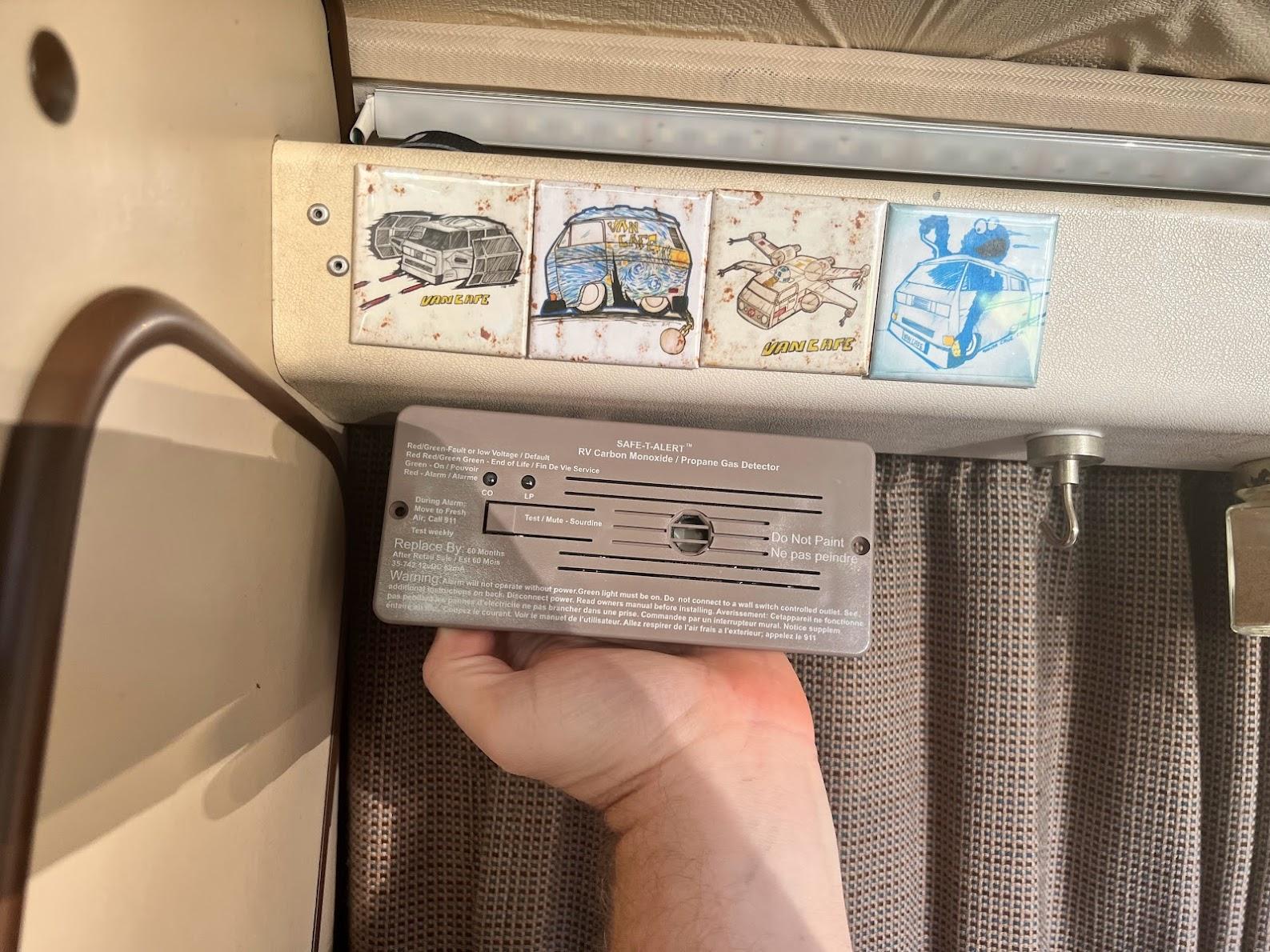
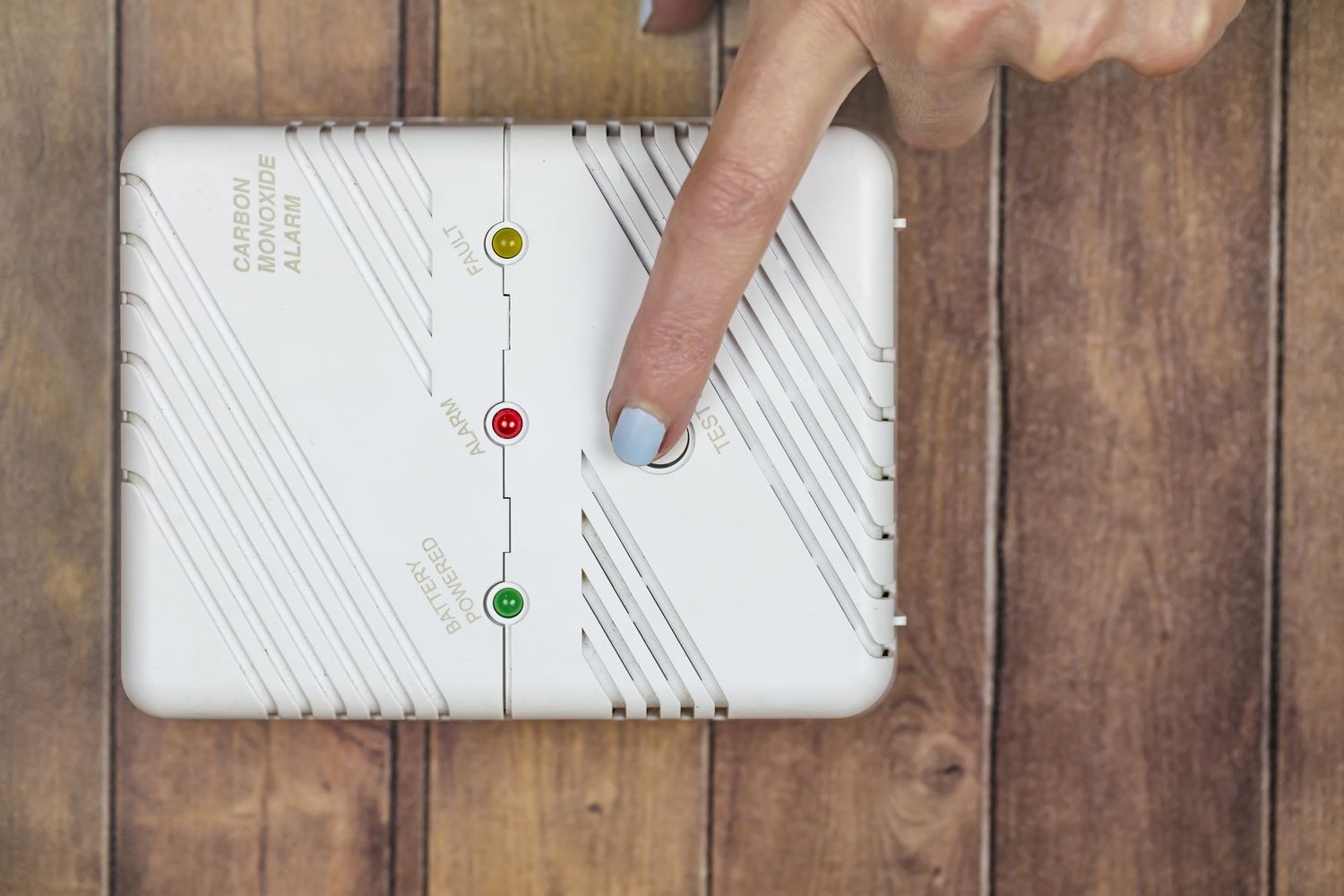
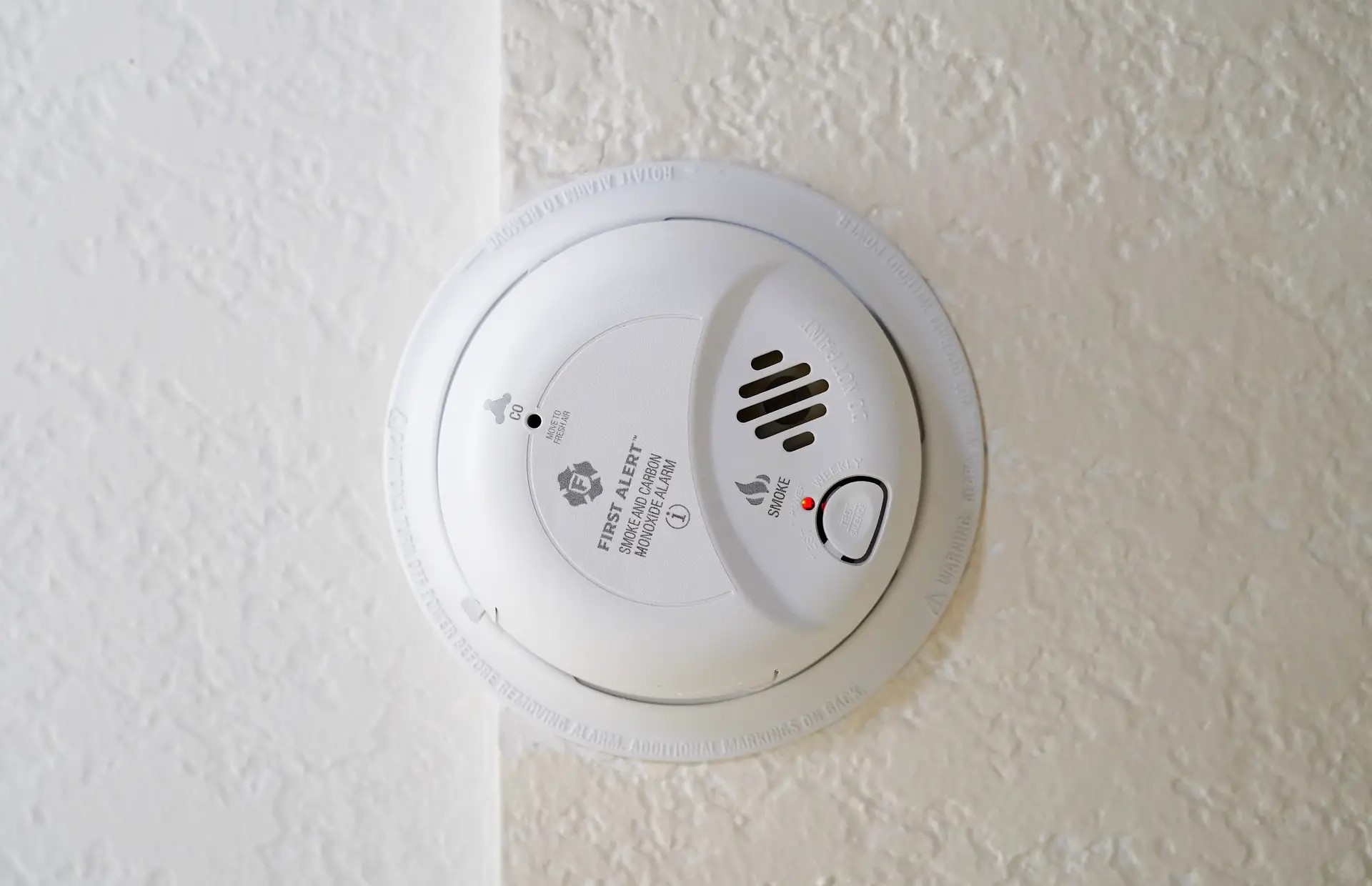
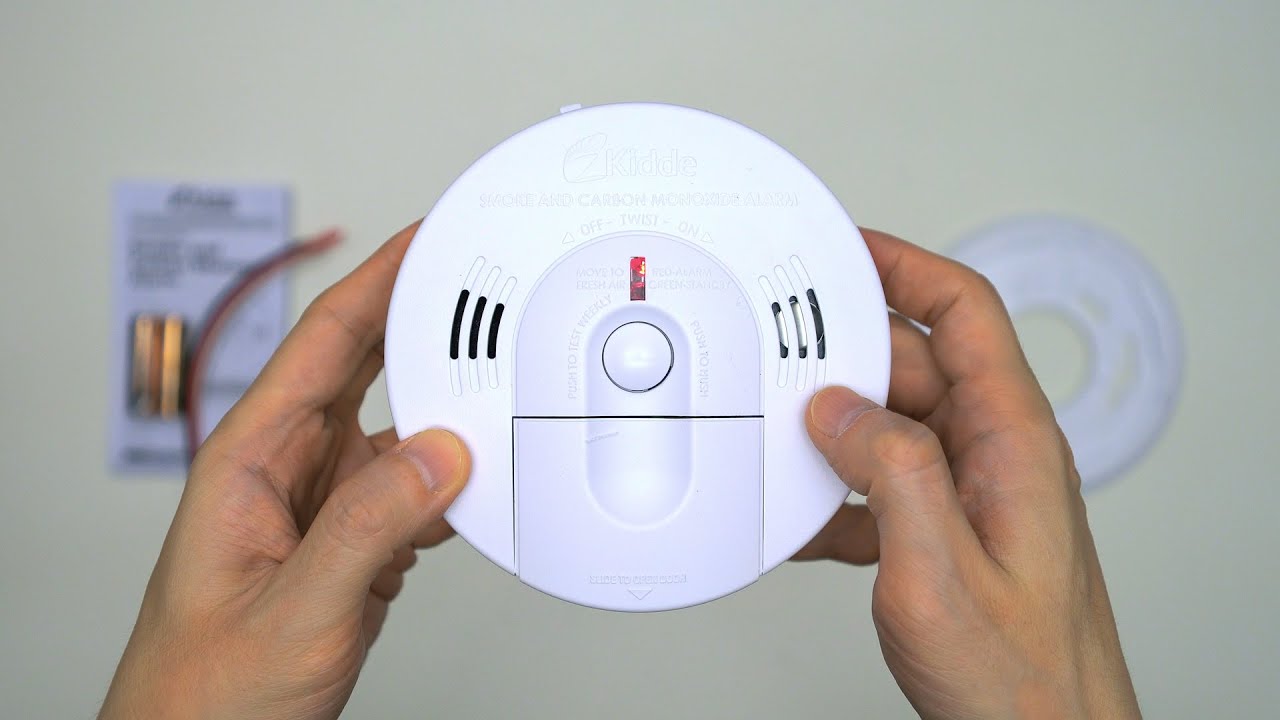
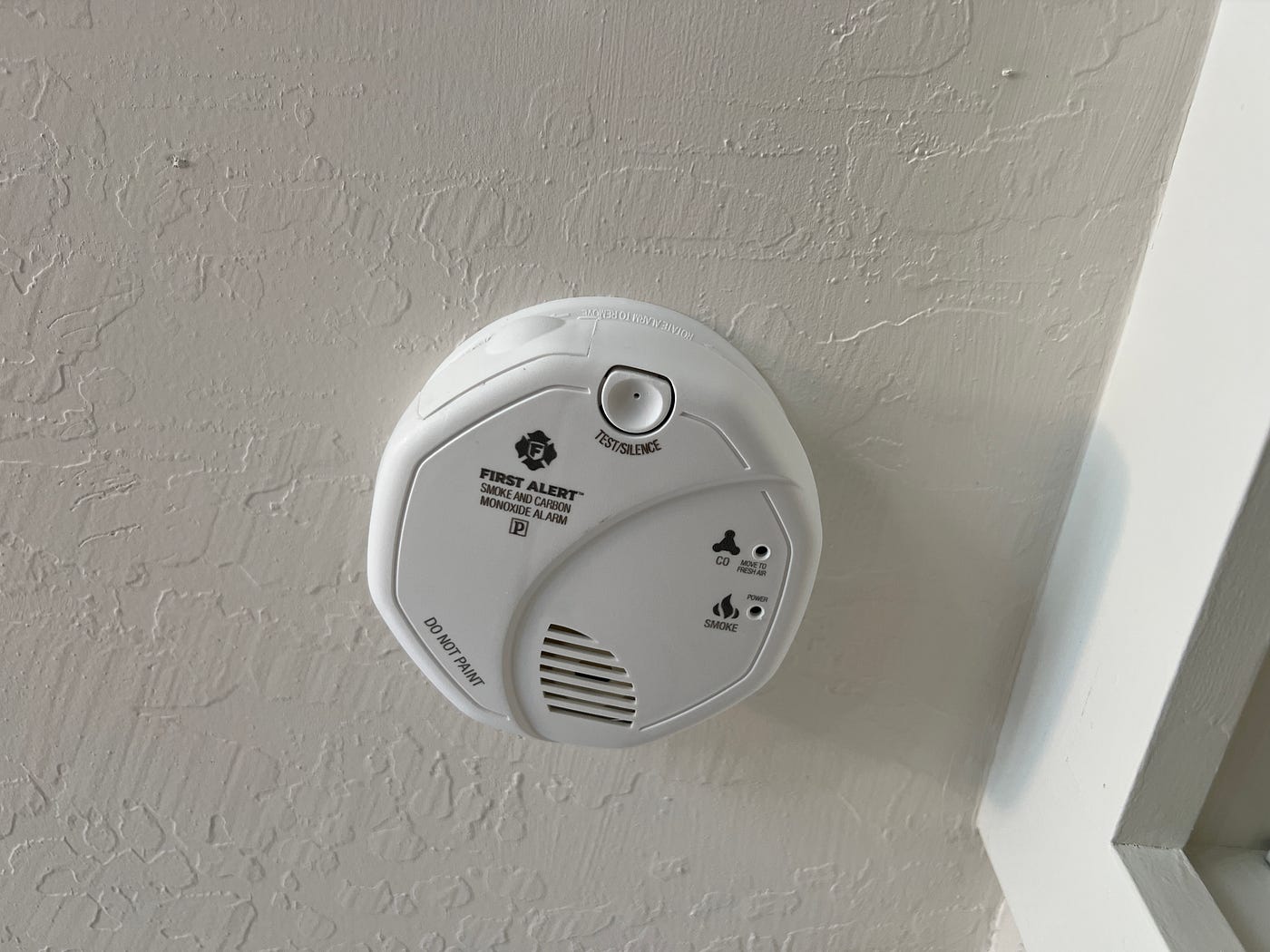
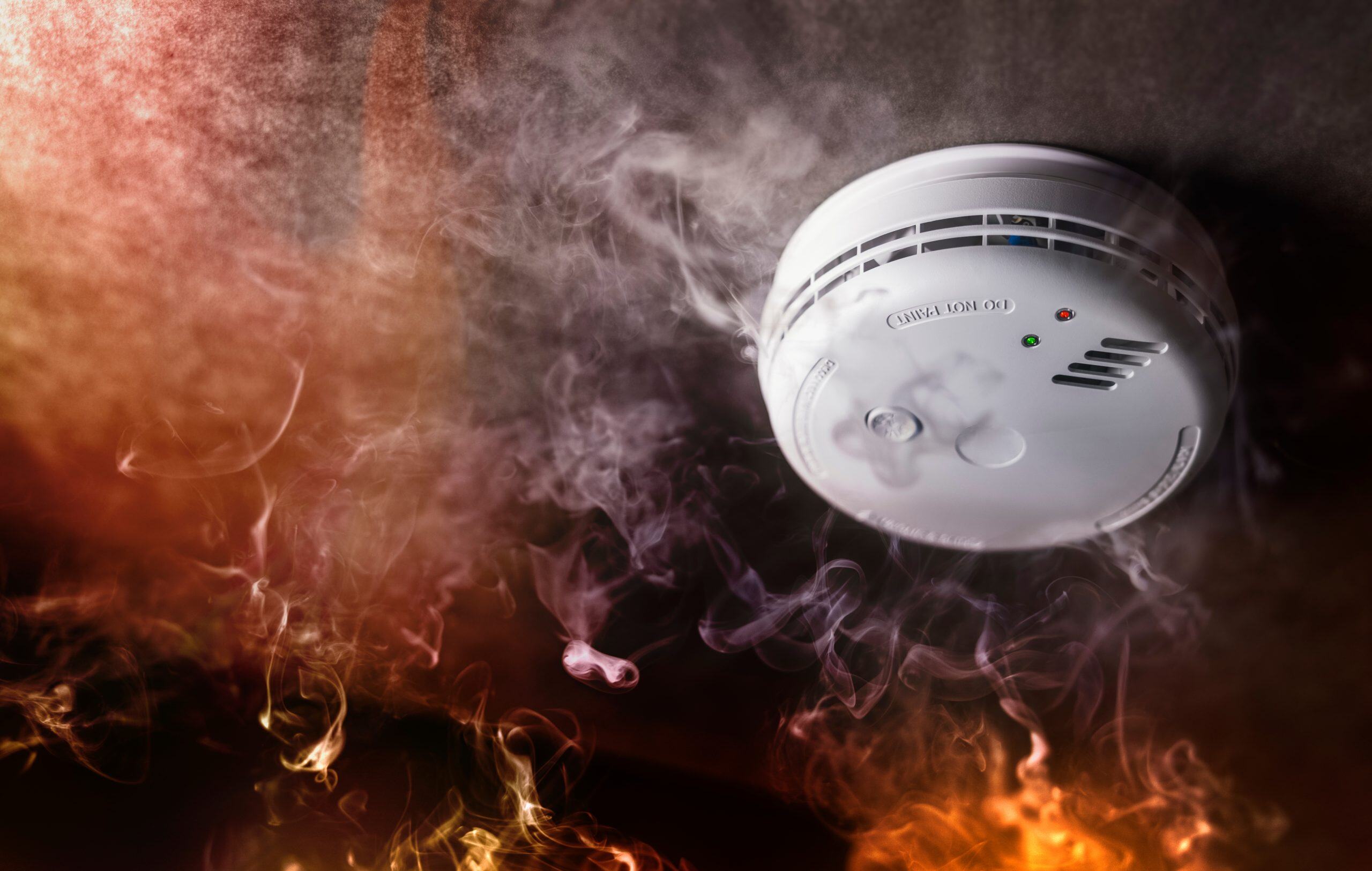
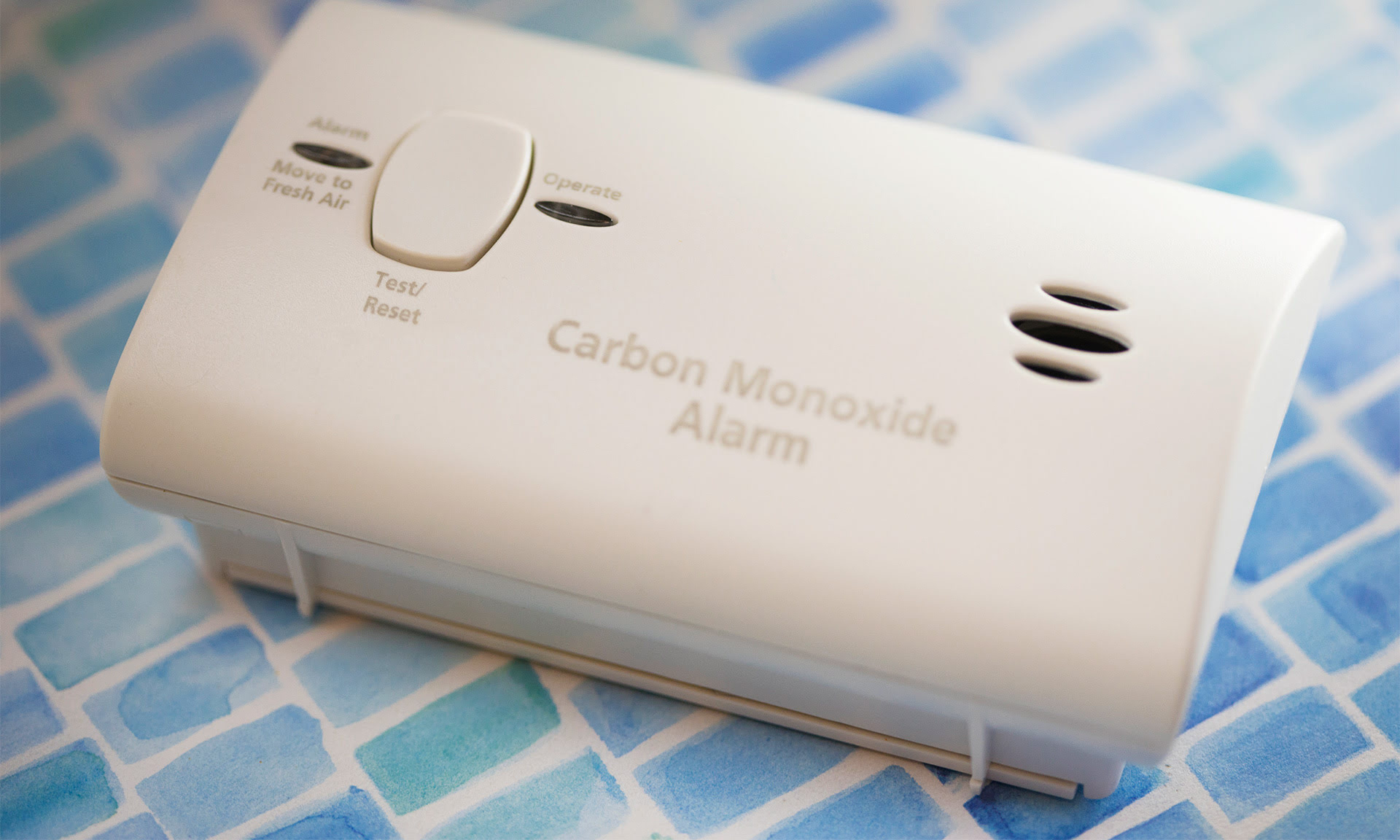

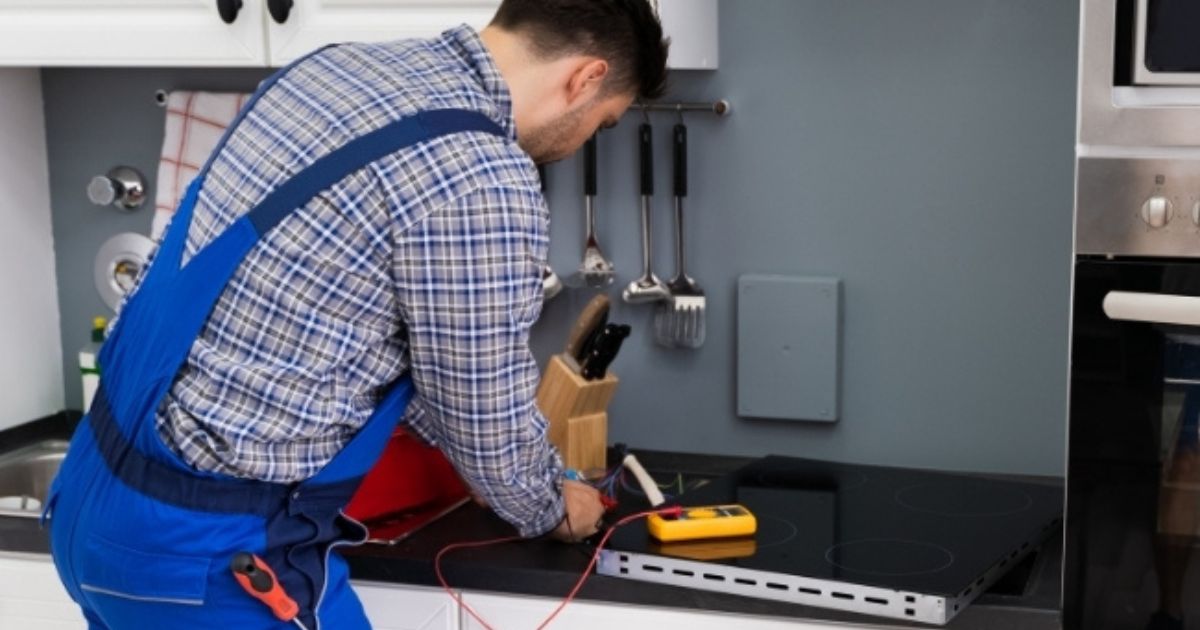
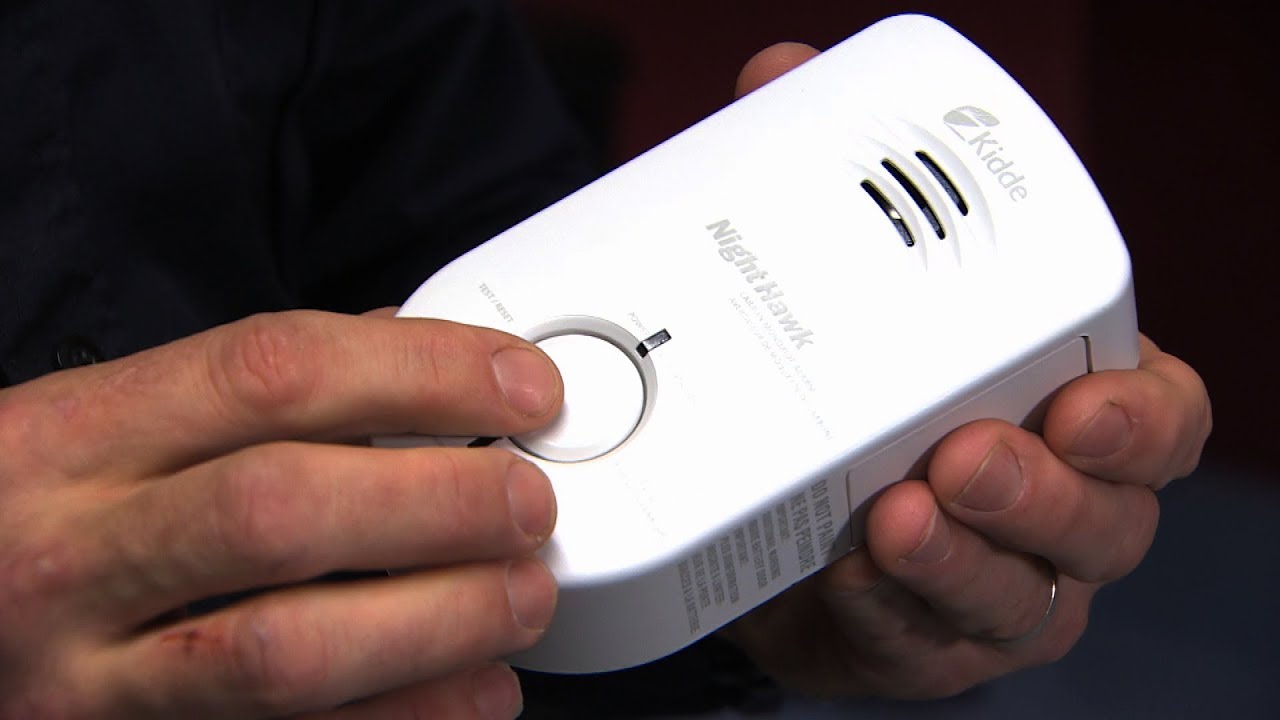
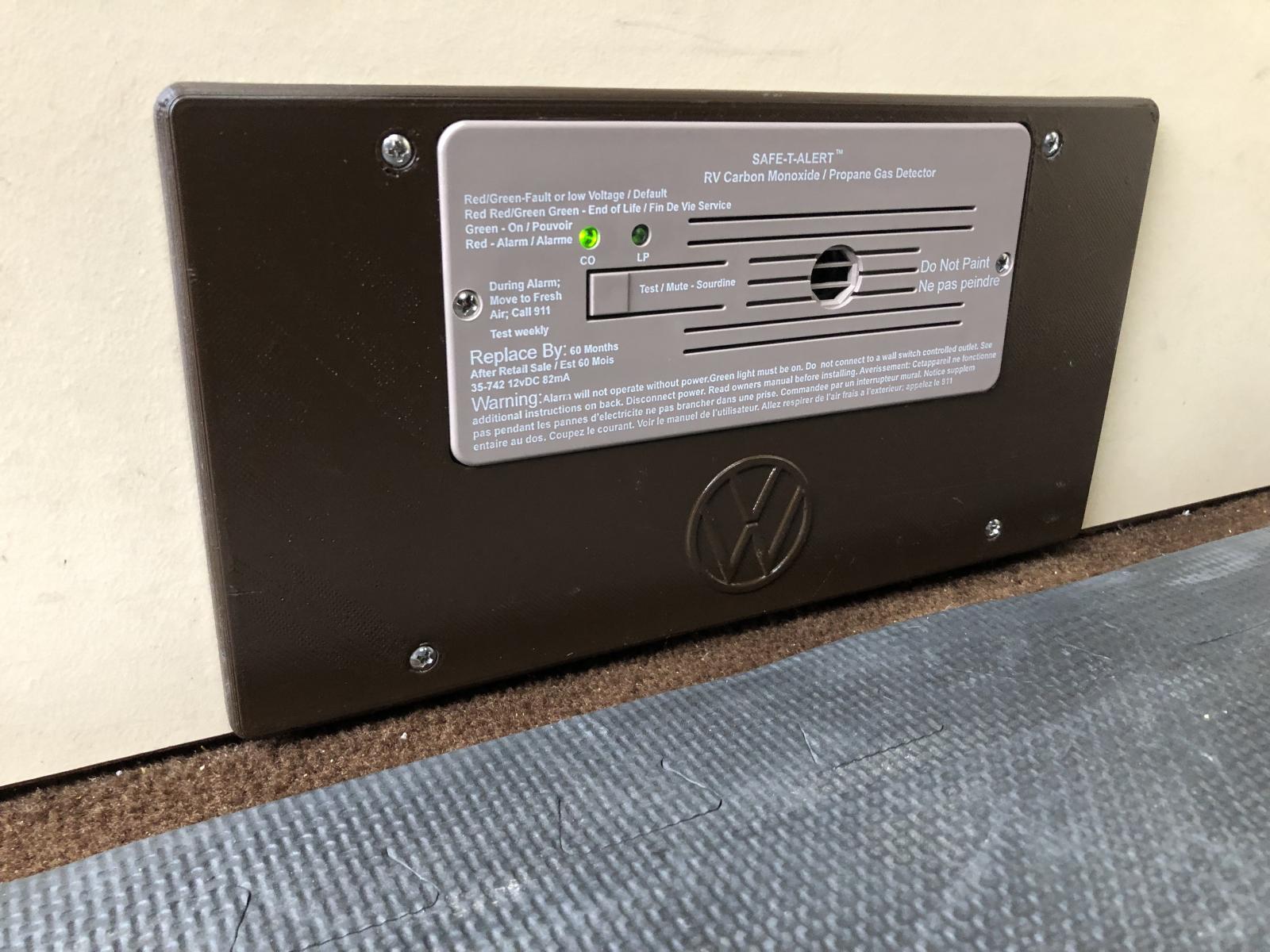
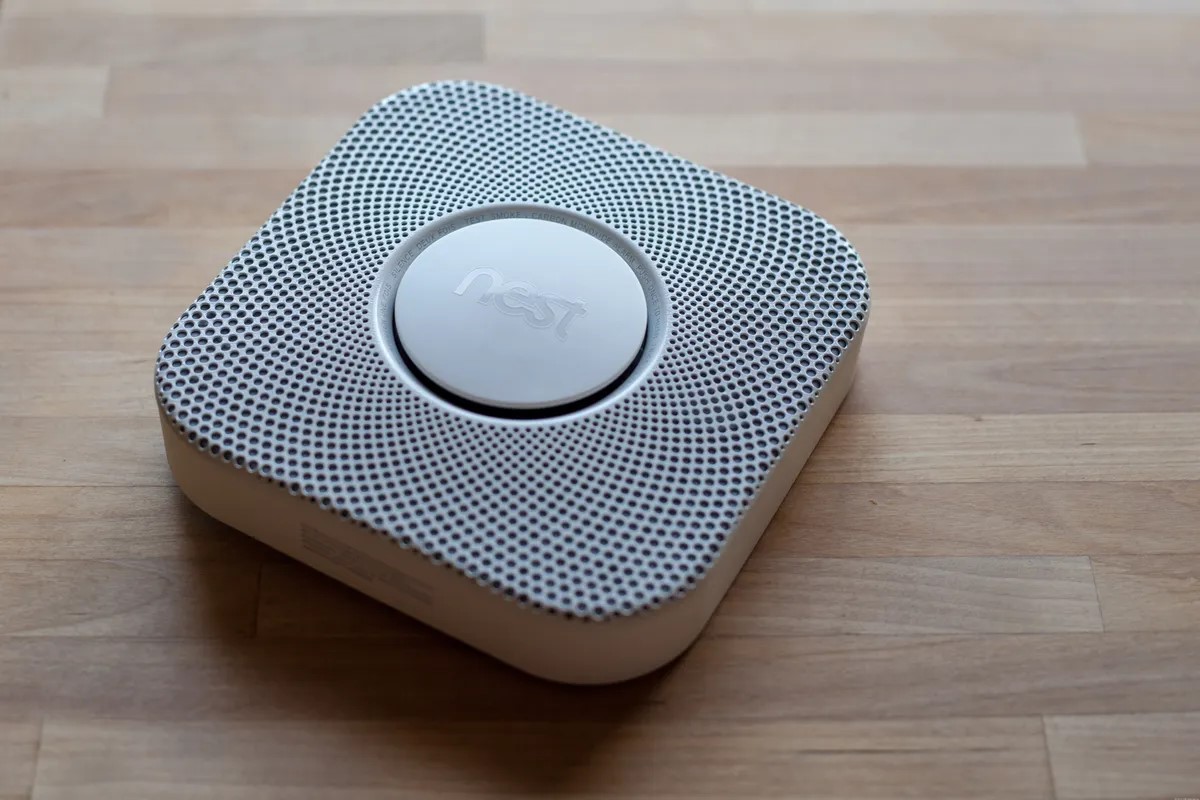
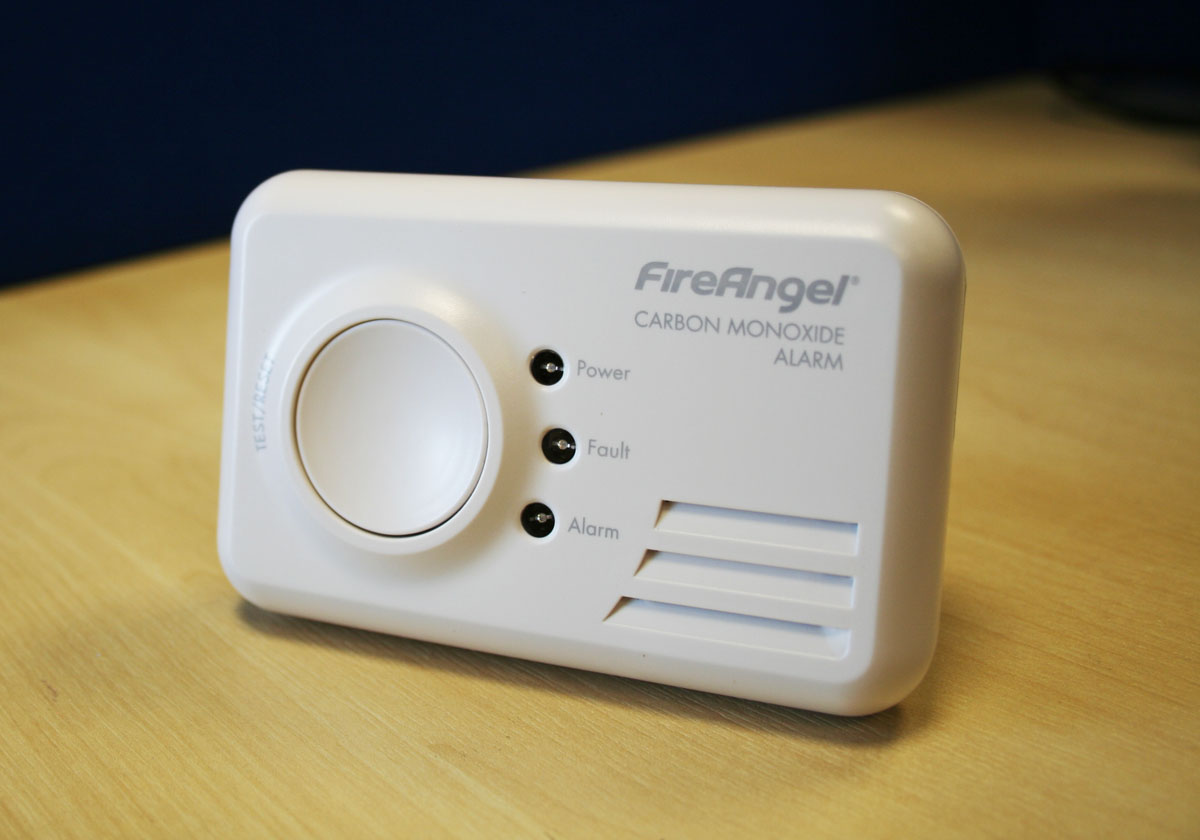
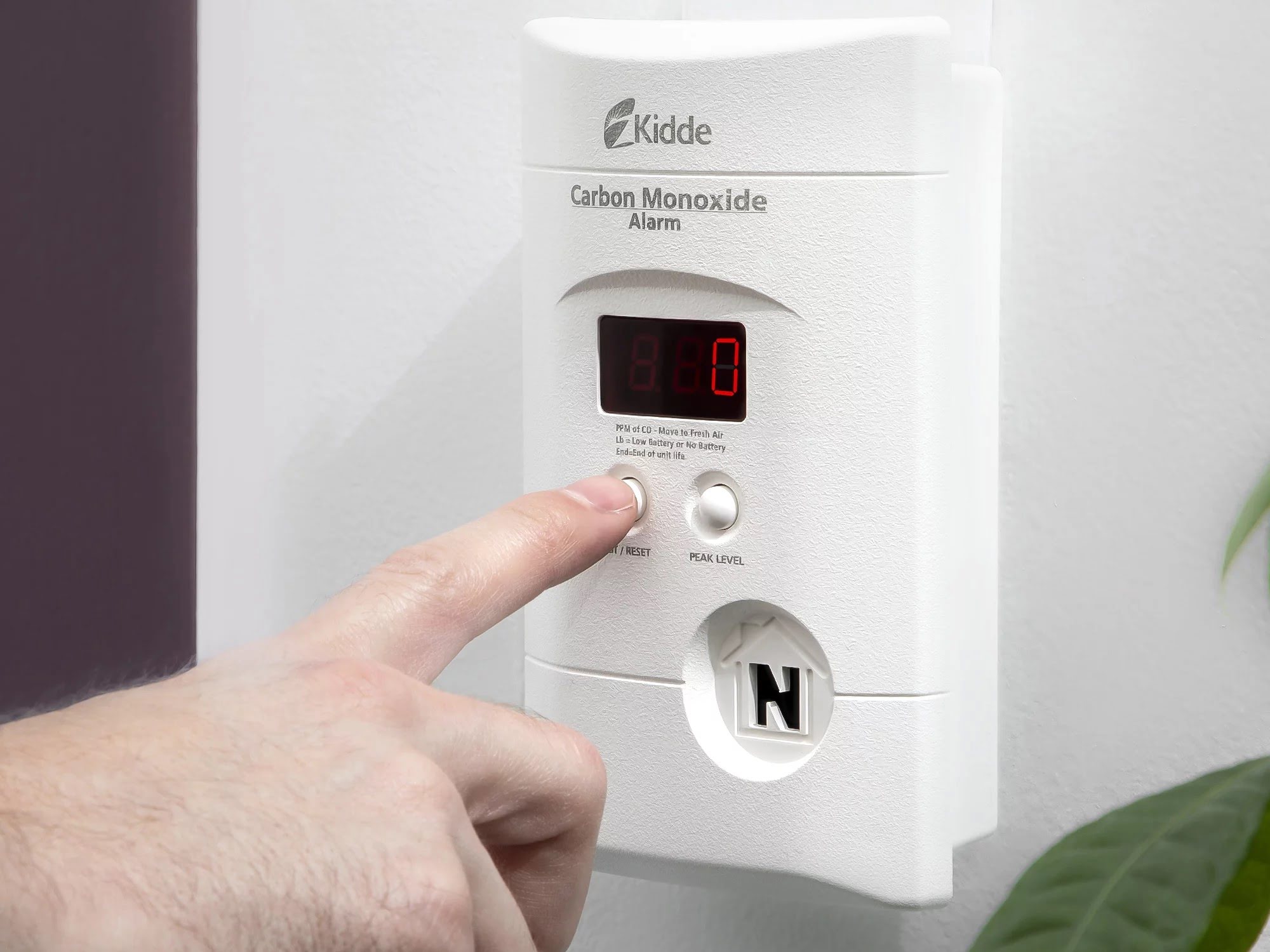

0 thoughts on “Why Does My Carbon Monoxide Detector Keep Beeping In My RV”